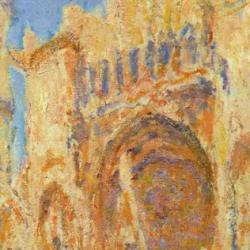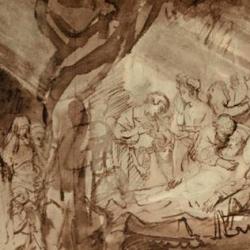Weber argued that “Most, though not all, canonical sacred collections became officially established against secular or religiously offensive augmentations as a consequence of a struggle between various competing groups and prophecies for the control of the community.” Christianity fixed its canon, he argued, “because of the threat to the piety of the petty-citizen masses from the intellectual salvation doctrine of the Gnosticism.”
Weber’s view of canonization rests on his more basic contrast of charisma and consolidation, which relies (as Milbank has shown) on a Kantian deployment of the liberal Protestant metanarrative. And behind this was the anti-clericalism, anti-priestly animus that Kant took on wholesale from English Deists and latitudinarians.
Weber’s assumption becomes clear in this observation: “The closing of the canon was generally accounted for by the theory that only a certain epoch in the past history of the religion had been blessed with prophetic charisma. According to the theory of the rabbis this was the period from Moses to Alexander, while from the Roman Catholic point of view the period was the Apostolic Age. On the whole, these theories correctly express consciousness of the contrasted direction between prophetic and priestly systematization. Prophets systematized the relationship of human to the world from the viewpoint of ultimate and integrated value position. On the other hand, priests systematized the content of prophecy or of the sacred traditions from the viewpoint of rational casuistry and worldly adaptation according to the mode of thinking and custom of their own stratum and of the laity whom they controlled.”











